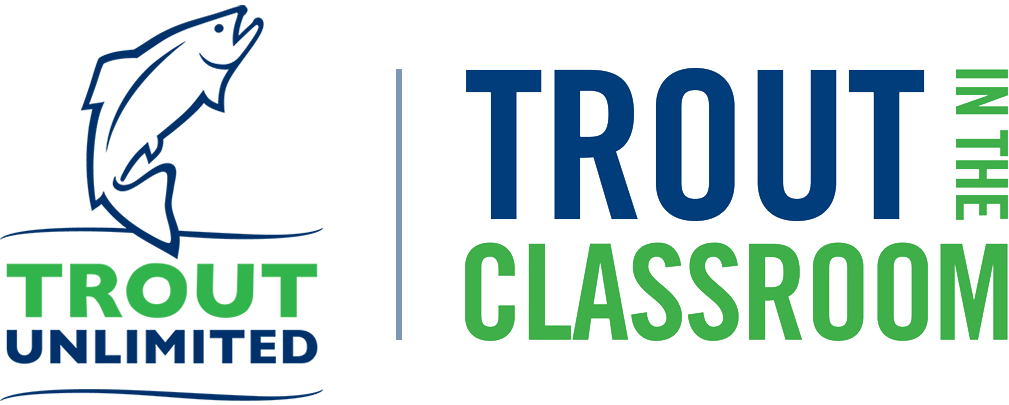Courtesy of University of Nebraska, Lincoln Extension
This lesson also available as a pdf
Background Information: #
In this activity, you can make a watershed model. Remember, a watershed is all the land that “sheds” water from rain and snowmelt into a specific
stream, river or lake. The boundaries of a watershed are the mountains, hills, or other high points where land slopes toward the water. Watersheds can be
very small or very large. A large watershed may have many smaller watersheds. It’s like the branches of a tree. The tiny twigs join bigger twigs, the bigger twigs join larger branches, and the branches join the trunk. Small streams flow into larger streams, larger streams flow into rivers, and rivers flow into larger rivers or even gulfs, seas and oceans.
Materials: #
- 2 sheets of paper, 8 1/2 x 11 inches. Use paper from the recycling bin.
- A spray bottle filled with water.
- Non–permanent markers so the colors will run when moistened. You’ll
- need blue, brown, green, and red. Or substitute another color if needed.
- A tray or lots of old newspapers or towels to catch water
Instructions: #
- Take one sheet of paper and crumple it up in your hands.
- Then open up the paper, but do not flatten it. You want it to have some “relief” – some
high and low places. The high places are hills, the low spots are valleys, the wrinkles are
streams and rivers. - With a blue marker, draw on the paper where you think the streams and rivers would be.
- Check to see if you are right. Place the paper on a tray or newspapers or towels. With
the spray bottle, make it rain in the watershed. Squirt a fine mist over the watershed model,
enough to make water flow down the “hills”. Did you draw the streams and rivers in the
right places? Do you have a lake? This is how watersheds function, the water is shed by
the land into streams, rivers, and lakes. - Now do the same thing with the second piece of paper, crumple it, then open it up but not
too much. - Draw the streams and rivers with the blue marker. Maybe include a lake or two.
- Next, use a brown marker and draw along the tops of the hills. With a green marker you
can draw in trees, grass, crop or pasture land. Use a red marker to draw towns, houses or
businesses. - Place the “watershed” on a tray or newspapers or towels and squirt it with water. You’ll
see streams again. But you’ll now see a lot of other stuff (colors) running into the streams
along with the water. If this were a real watershed, the brown could be dirt from bare soil,
the green could be grass clippings or leaves, and the red could be oil from leaky cars or fertilizer someone spilled on a driveway. That’s what happens when things on the ground are picked up by stormwater runoff, they end up in streams and rivers and moving down the
watershed. - Be sure to clean up when you are finished with your watershed models.
Discussion Questions: #
- What are examples of small watersheds in your neighborhood?
- What stream, river or lake does the runoff water from your neighborhood empty into?
- Why do pollution problems tend to get worse farther down stream?
- What is the name of the watershed you live in?
- What are some ways you can help keep your own watershed clean and help watersheds
downstream?





